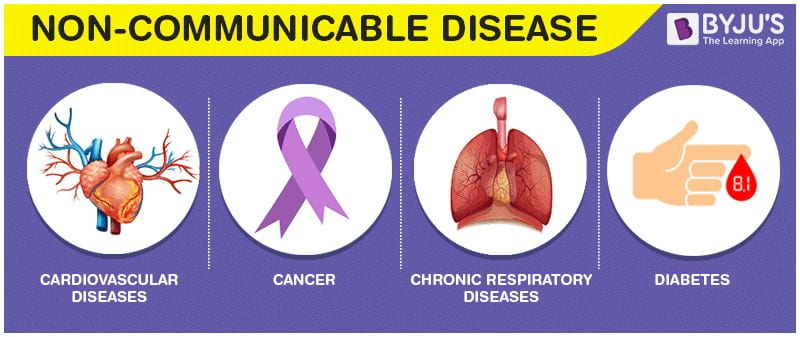
Seeking Better Health for Arab Countries
Introduction
NCDs are the non-communicable diseases which are cancer, diabetes, cardiovascular ,chronic respiratory diseases. Actually,
![]()
If you’ve not been exposed to a close person dying or suffering from NCDs, which I doubt to be the case, then you are extremely lucky. But, most probably, you will pass through a stage in your life where you would feel the danger of these diseases and realize how big is this number of people dying each year.
High percentage of Mortality Caused by NCDS from total mortality
Based on the figure above we see that the mortality caused by NCDs from total mortality rate for the displayed Arab countries like Egypt, Lebanon, Somalia, and others are really high. Comparing these values to countries like France, Germany, and UK for example, the percentage for the Arab Countries is about double and sometimes triple that of France, Germany and UK. The problem is not only in the high percentage but in the fact that it is almost the same throughout 2016 till 2019(no data after 2019). So, what if we don’t deal with this situation? Then, for example, in Somalia, another 30% will die from NCDs this year and then the same happens in the next year and so on.
But, what could be the reason for such high percentages?
Correlation between government expenditure on health and mortality caused by NCDs
Take a look at the above figure. it is clear how the orange color(low government expenditure on health) corresponds to the blue color(high mortality caused by the diseases). and it is clear how the intensities are almost not changing through the years for each country. In other words, governments are not changing their expenditure on health which is leading to keeping the mortality as is.
So, the solution seems to be clear. Increasing government expenditures on health will do the job as displayed and this is validated in the below figure where Germany and UK for example show that the higher percentage of government expenditure on health has led to lower percentage of mortality caused by NCDs from total mortality.
But, what are the steps that these Arab countries should follow in order to decrease mortality caused by NCDs?
- Investment in Healthcare Infrastructure: Allocate funds to improve healthcare facilities.
- Preventive Healthcare Programs: Develop awareness campaigns and screenings to promote healthy living such as avoiding tobacco and drinking filtered water.
- Increased Research Funding: Invest in local research and make partnerships with more modernized countries to learn from their strategies in this field for more effective interventions.
- Health Insurance Expansion: Widen coverage for accessible healthcare services
Countries like Germany, and the UK showcase successful validations of investment, preventive care emphasis, and research funding, correlating with better healthcare outcomes since they have low mortality caused by NCDs from the total mortality as displayed in the previous map.
Moreover, governments can influence private health expenditures, which denote the total spending on healthcare by private entities within a country, excluding public funds. They do so through tax incentives, regulations, subsidies, and partnerships to encourage higher private health spending. In addition the government can raise awareness Campaigns to encourage increasing private health expenditures since more stabilized countries like UK, Germany, France have very high domestic private health expenditures per capita(current US$) as displayed in the figure below compared to the Arab countries mentioned where for example the lowest value is recorded by Sudan in 2018 to be 25$ and the highest which is recorded by Iraq in 2019 is 120$. These are really low values compared to lowest value by UK which is 771$ in 2017 and the highest recorded by Germany in 2018 which is 1252$. So, it is obvious the huge difference in the domestic private health expenditures.
Conclusion
In conclusion, These Arab countries that are experiencing higher mortality rates from non-communicable diseases (NCDs) due to lower government health spending can learn from successful healthcare models in Germany, France, and the UK. This correlation highlights the urgency for action. Governments in these Arab nations must prioritize investing in healthcare infrastructure, forming partnerships with advanced healthcare systems, and encouraging private health spending. Collaborative efforts between public and private sectors offer a path to narrow healthcare gaps, significantly improving overall healthcare quality and accessibility.









